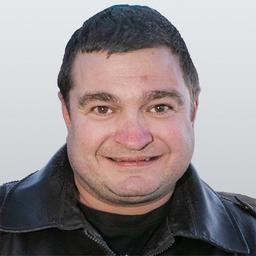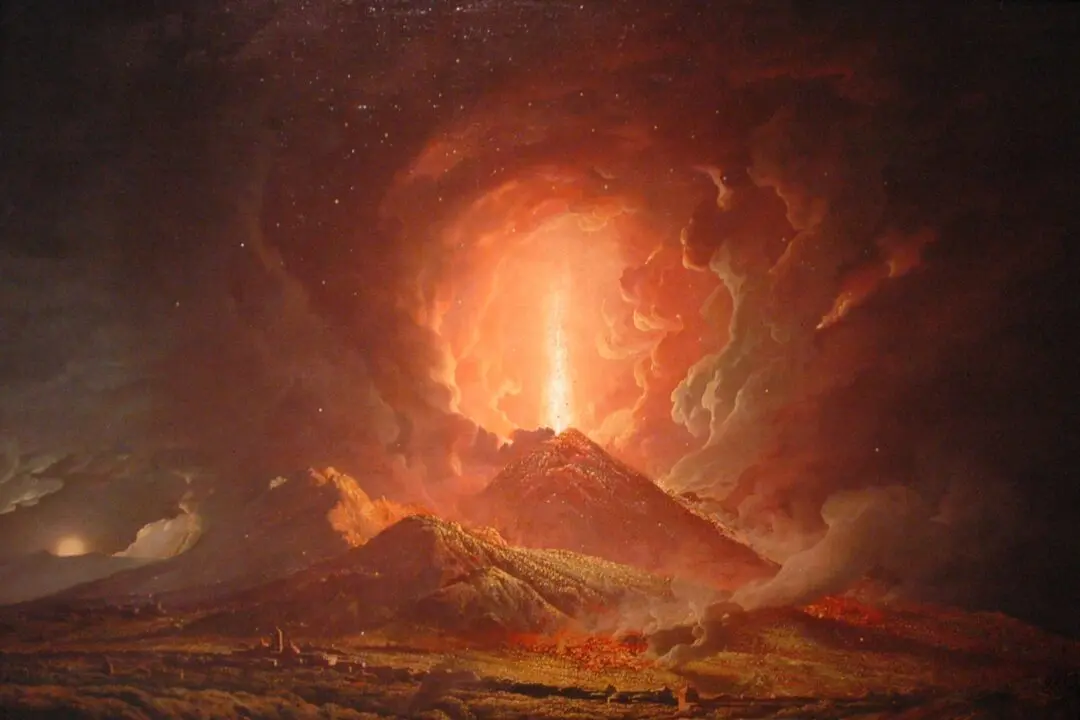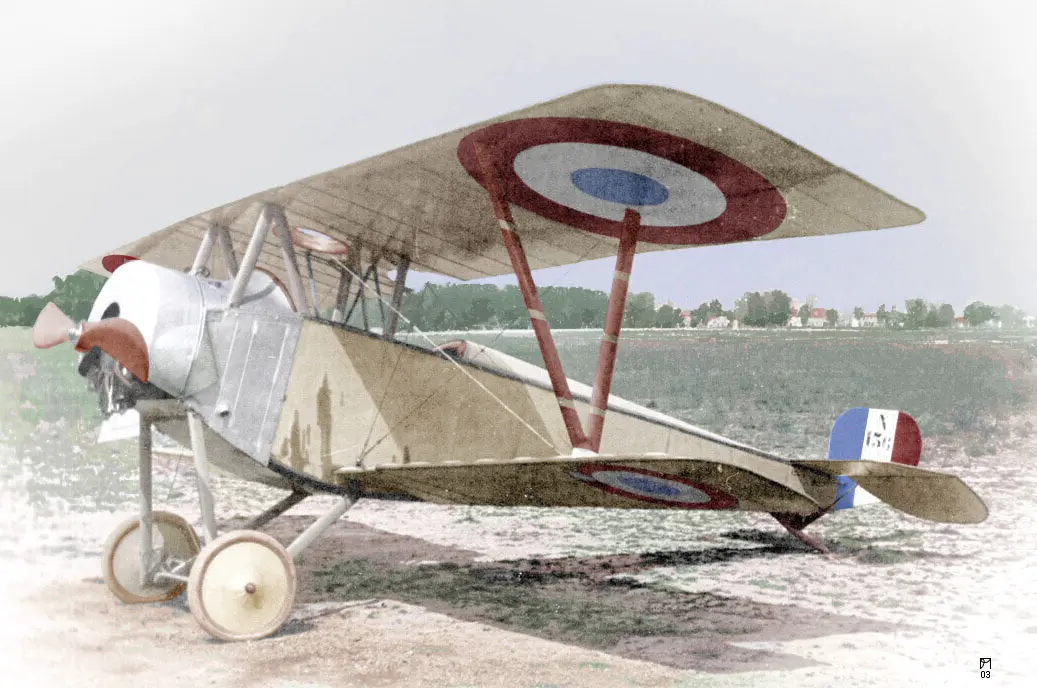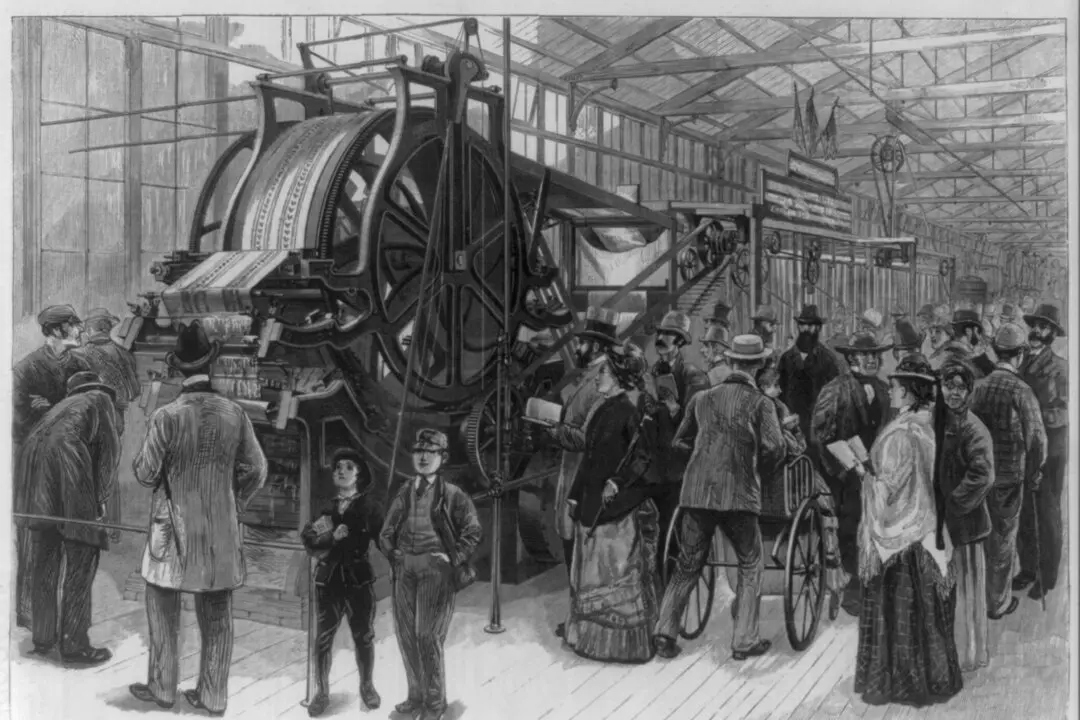Stanley Meyer believed his invention would change the world: He claimed to have constructed a water-powered car.
Meyer was born in Grove City, Ohio in 1940 and according to his twin brother Stephen Meyer, at a young age, the two had a passion for building and creating things. Meyer was a dedicated Christian who often credited God for his achievements. After Meyer graduated from high school, he served in the military and briefly attended Ohio State University.






